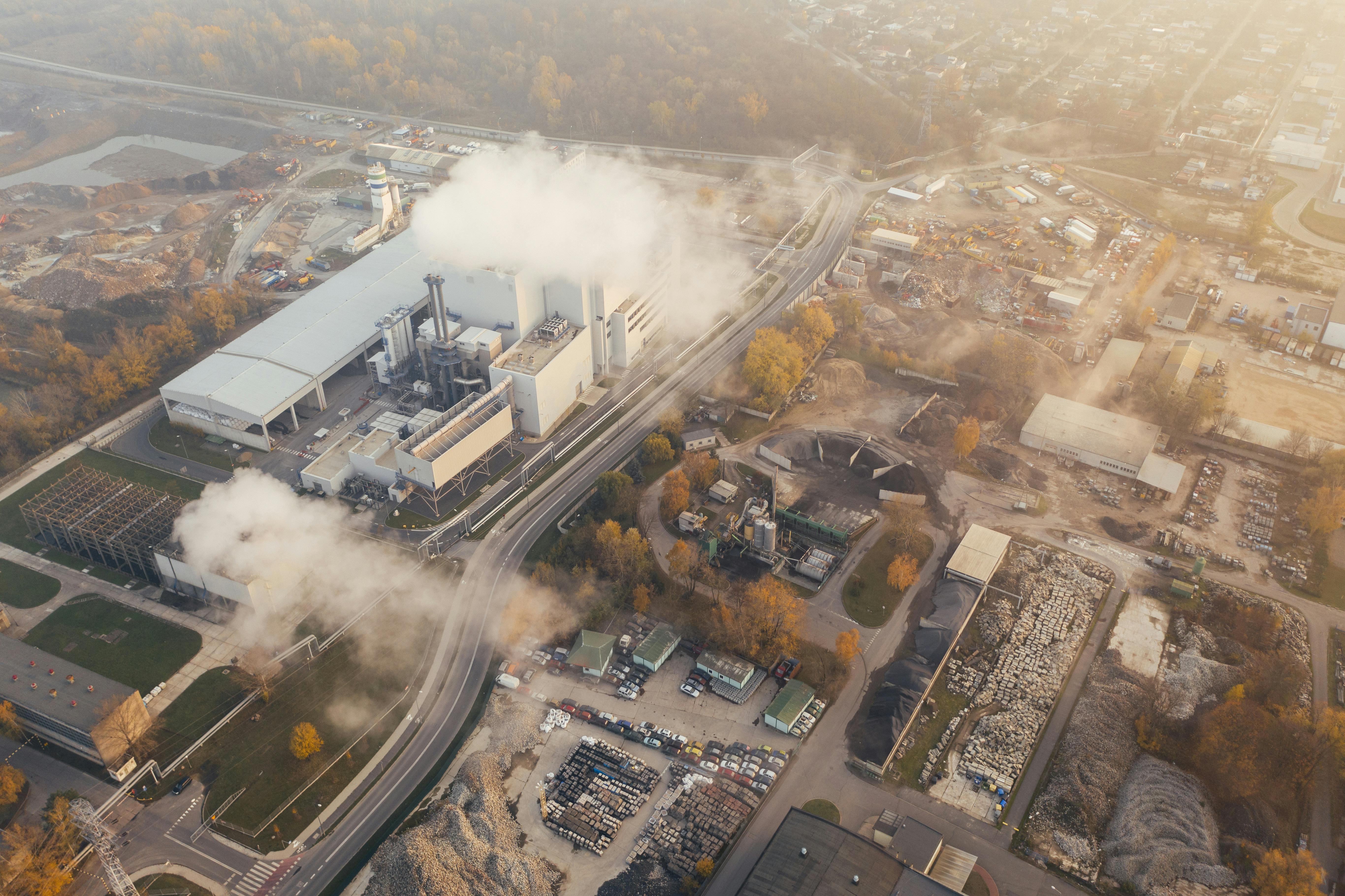
Global Climate Protests and the Changing Landscape of Urban Infrastructure and Politics
In the face of escalating public concern over climate change, major cities worldwide have witnessed large-scale protests calling for urgent action. These demonstrations not only highlight the urgency of addressing environmental issues but also pose challenges to city infrastructure and politics.
Impact on City Infrastructure
Protests can cause significant disruptions, from traffic congestion and delays to direct damage to properties. For instance, sit-ins or marches in busy city centers often lead to roadblocks and public transportation disruptions. The 2019 Extinction Rebellion protests in London resulted in more than 4,000 arrests and caused substantial financial losses estimated at £67 million.
Political Implications
Climate protests have become a catalyst for political discourse, prompting governments to take action on climate change policies. Protests can also lead to increased awareness of environmental concerns among policymakers and the public. The 2019 Global Climate Strike, with millions participating worldwide, led to commitments from several countries, such as New Zealand, to accelerate greenhouse-gas emission cuts.
Navigating the Balance
Cities must balance the right to peaceful protest with maintaining essential services and infrastructure. Effective communication and planning between protesters and city officials are crucial for managing protests while addressing climate change concerns. For instance, New York City worked closely with organizers of the 2019 Climate Strike to ensure minimal disruption to traffic.
Case Studies
Examples from cities like New York, Paris, and London illustrate various strategies employed by local governments in managing protests while addressing climate change concerns. In some cases, this has led to shifts in energy sources, such as the replacement of diesel generators with offshore turbines on Block Island.
Adapting to Increasing Climate Activism
City planners must adapt to increasing climate activism and anticipate future protests. This may involve developing contingency plans for managing large-scale events, incorporating environmental considerations into urban planning, and promoting dialogue between city officials, businesses, and citizens.
In conclusion, global climate protests have brought significant changes to major cities' infrastructure and politics. As these demonstrations continue to gain momentum, it is essential for city planners to adapt and find ways to address the challenges they present while addressing the urgent need for action on climate change. For more information, visit the United Nations Climate Change website at www.un.org/climatechange.



Comments